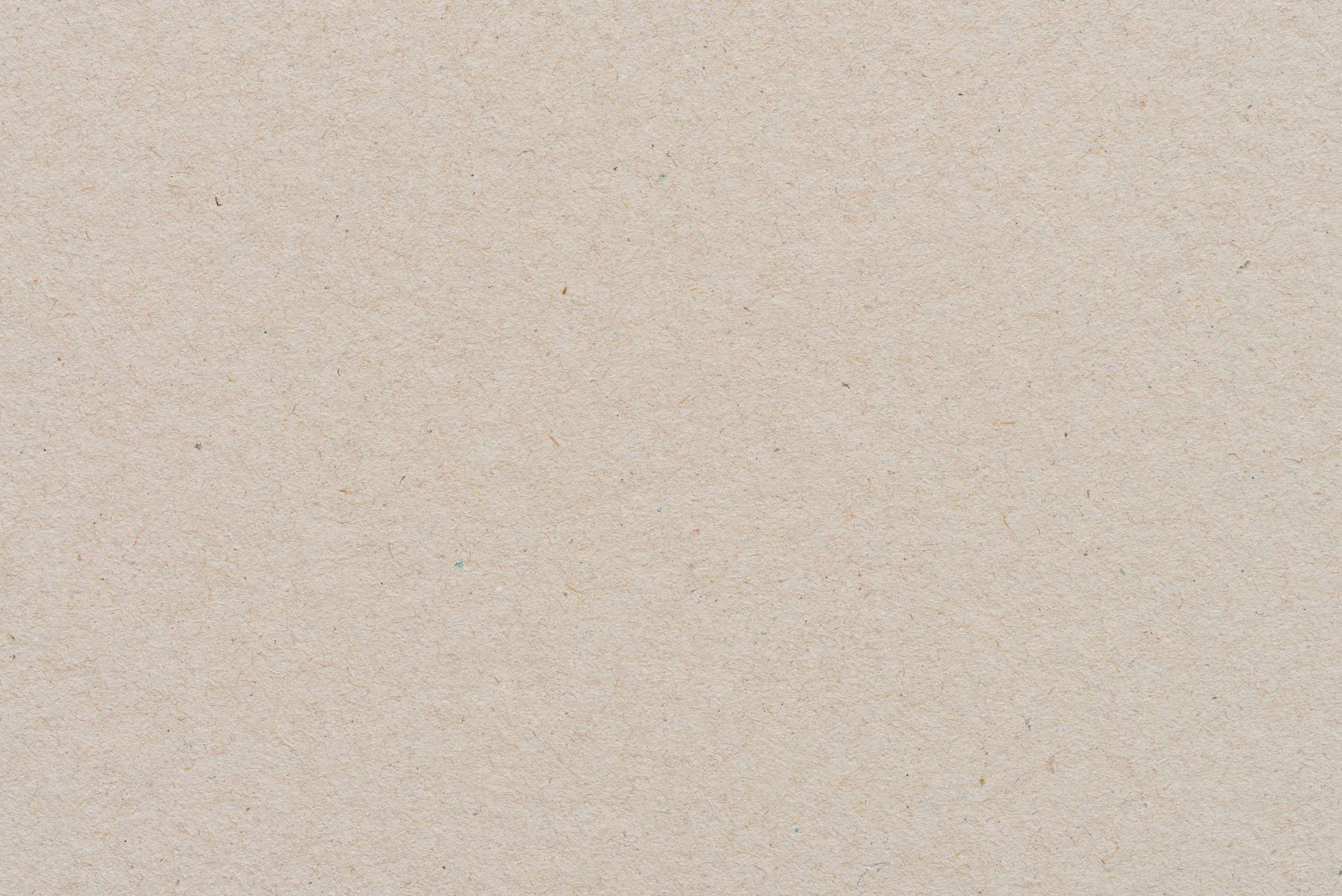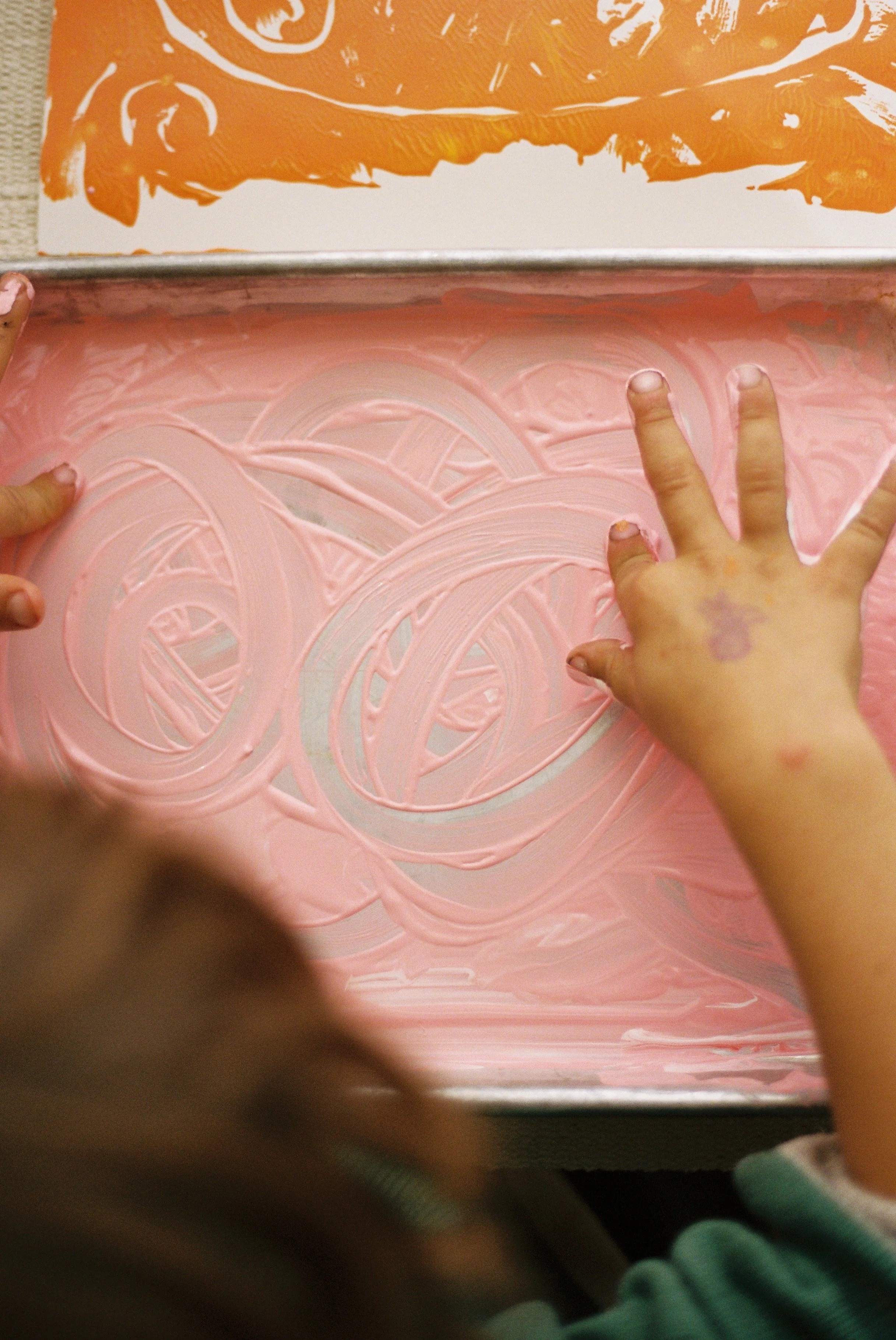
What Color is the Wind?
LESSON 6
Children explore wind, empathy, creativity, and self-expression through a story and art project.
The book, “What Color Is The Wind?” by Anne Herbauts
Baking Sheet
Acrylic paint
Cardstock paper
Optional:
Items that blow in the wind-
Leaves
Seeds
Feathers
Materials
Gather materials
Read story beforehand.
Preparations
Engage children in the world of storytelling, encouraging active listening and comprehension.
Encourage children to think critically and express their ideas while exploring imaginative concepts.
Promote empathy and understanding by helping children grasp the effects of blindness on how people perceive the world.
Enhance sensory perception and spark creativity by allowing children to explore tactile elements in the book.
Foster creativity and self-expression through art, helping children develop their imaginative skills.
Promote a sense of accomplishment and self-esteem as children showcase their creative work.
Objectives for Teachers
Children practice listening and following a story, improving their comprehension skills.
Children explore the idea that wind is invisible and discuss imaginative concepts like the color of the wind.
Children gain empathy and understand that blindness changes how people see the world.
Children touch and feel different textures in the book, enhancing sensory awareness and sparking creativity.
Children express their imagination through art, learning to be creative and inventive.
Children feel a sense of accomplishment as they showcase their work, fostering self-esteem.
Objectives for Children

Collect and Connect
Who Has Seen The Wind
Who has seen the wind?
Neither I nor you,
But when the leaves hang trembling,
The wind is passing through.
Who has seen the wind?
Neither you nor I,
But when the trees bow down their heads,
The wind is passing by.
-Christina G. Rossetti

Activity Flow
Begin this activity by asking your child, "Have you ever wondered what color the wind is?" Your child may respond by saying that the wind doesn't have a color because we can't see it. Follow up by asking, "How do you know the wind has no color?" They might answer, "Because I can't see it" or "I use my eyes."
Explain to your child that you will be reading a story called "What Color Is The Wind?" by Anne Herbauts. Tell them that the author, Anne, was once asked this question by a blind child. Check if your child understands what it means to be blind. Help them understand that a blind person cannot see and it's like having their eyes closed all the time.
The blind child was curious about the color of the wind, which inspired Anne to create this special book. Mention that the book is designed with various textures to make it fun and interactive for someone who might be blind. In the story, we'll meet a character named the little giant, a blind boy on a journey to discover the color of the wind. He asks many animals and things he encounters, "What color is the wind?" Let's find out how they respond.
Read the story to your child. It's a creative and somewhat abstract story. Some ideas may be a bit challenging for your child to grasp and that is okay. The pages are filled with textures and beautiful illustrations making it an engaging and interactive book.While reading the story, you’ll observe that the little giant's eyes are always closed; this is the author's way of representing his blindness. At the end, you'll use the book to create the sensation of wind by thumbing through the pages. The idea is that all the pages, colors, textures, and ideas in the story come together to create the feeling of wind at the end of the story.
After finishing the story, ask your child, "If the wind had a color, what color do you think it would be?" Use their chosen color to create today's art project. This art project focuses on the creative process more than the final product.
To start the art project, squirt some paint onto a baking sheet. In our case, we chose orange and pink, so we mixed these colors on the baking sheet with our hands. Encourage your child to experiment with the paint, creating designs that represent what they imagine the wind might look like if we could see it. They can play with the paint, make different designs, and try out new ideas. After they've had the chance to explore and create several designs, ask them to choose one final design to press onto a piece of paper. Place a piece of cardstock paper on top of their paint design, then lift it off and set it aside to dry. You can also add leaves, seeds, feathers, or other items to the dried artwork.
Once it's dry, find a special place to display their unique artwork.



